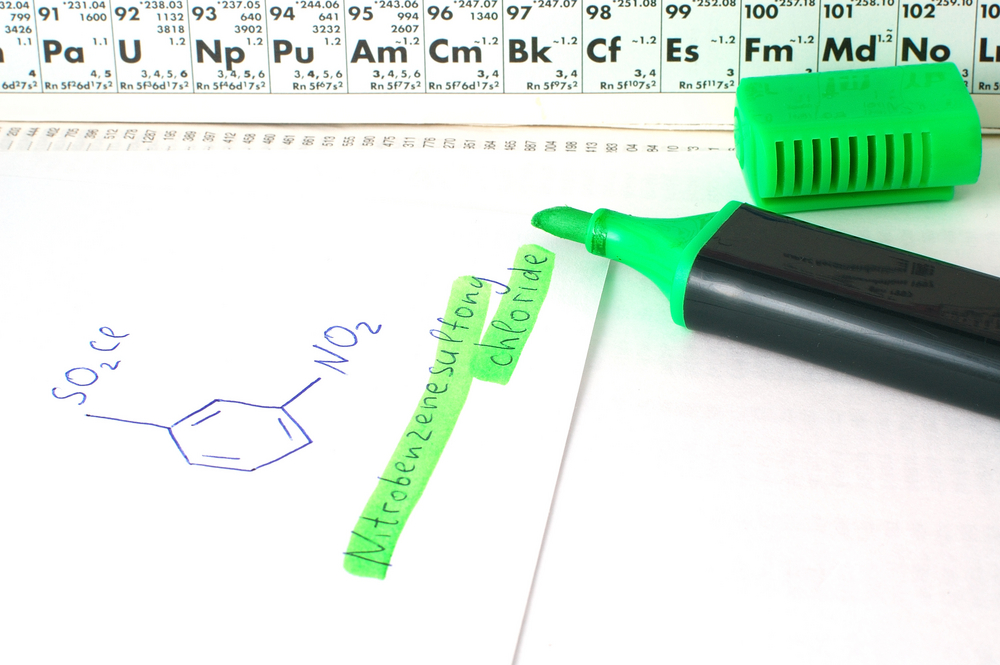How to pass Maths Edexcel GCSE - techniques and tips
You may say, ‘Maths is just Maths, there’s only one way to do a sum’ but there were still two key questions;
"Which exam board do we use?"
"Which tier do we enter pupils for?"
We poured over the specifications and the sample materials, eventually coming to some tentative conclusions.
The three exam boards had chosen significantly different approaches to how they structured the questions; AQA had chosen to use less wordy questions but their questions were far more abstract, OCR was much wordier but the questions were a lot more straight forward and Edexcel had set their stall somewhere in the middle.
That Edexcel had staked themselves in the middle ground was no great surprise, while some pupils preferred the straight forward questions of OCR or the more convoluted examples in AQA, the majority of pupils preferred a mix of both. Edexcel was, and remains, the largest GCSE Maths exam board.
The majority of my colleagues had chosen Edexcel for this very reason, they wanted the exam they chose to play to the strengths of as many of their pupils as possible.

What is the difference in the Edexcel maths tiers?
The first choice that needs to be addressed is which tier, Higher or Foundation, is the best choice for you. Unfortunately, this isn’t quite as simple as it looks.
With the changes to the specification, the overlap between Higher and Foundation has widened. Previously, the only grade you could achieve on both was a grade C, but now you can achieve both a grade 4 and a grade 5 on both (This is very roughly the same as being able to achieve a Grade C or a low-Grade B).
There is one very simple conclusion that we can make here; The higher tier was being shifted more to cater for the higher achieving pupils, those aiming to move onto more scientific and mathematical pursuits when they had finished their GCSEs.
When the first set of results came in, this opinion was shown to be correct, the examiner's reports spoke about the pupils who had been entered for the higher tier but had failed to access the questions.
The conclusion we reached here is that unless you need a grade 6 or higher, then study the foundation tier, it’s far harder to get the standard (Grade 4) or good (Grade 5) on higher than foundation for pupils who are a borderline choice.
In maths, for all three exam boards, there are three assessment objectives;
AO1 – Recall of facts
(Higher: 40% Foundation: 50%)
AO2 – Interpreting and communicating
(Higher: 30% Foundation: 25%)
AO3 – Problem solving
(Higher: 30% Foundation: 25%)
Tips and techniques for Edexcel maths exams
Let's start by taking a look at AO3, this is the one where historically students have struggled. Viewing a question and deciding on the approach was usually reserved for later stages of the papers; however, Edexcel have changed this and sprinkled them through the papers. These early problem-solving questions can be very easy marks to pick up which leads us directly into my first tip...
1) Highlighters and keywords are your friends.
I always told my pupils that the first step in any problem solving was to work out what the question was asking, I drilled them in going through a question and highlighting the keywords and numbers.
An example here could be, “Dave has £5, he gives £2 to Emma. How much does Dave now have?”
The numbers are obvious, £5 and £2, and the key word here is ‘gives’, this means he has less so it must be a subtraction. If you search for ‘Maths keywords’ there are plenty of examples out there.
While this seems an obvious point, it leads directly into tip 2...
2) Work through the questions backwards.
Backwards? What kind of craziness is this? It does, however, make sense if you realise that maths is always hunting for a specific answer. If you start by asking ‘What do I need to find’ and then asking the question ‘What do I need to do to get to this answer’, you are far more likely to make that breakthrough that will allow you to get to the solution.
If we now go back and look at the other assessment objectives, AO1 is where a lot of pupils gain marks as their revision has focused on retaining these key facts. This leads me neatly onto tip 3...
3) Know your formulas and how to use them
All the exam boards have, on their websites, posters and displays that have all the formulas that are used at both tiers.
Get a copy of these, stick them on your wall and learn them, I have lost count of the number of times I have seen pupils lose a mark by forgetting to divide a triangle’s area in two or saying that the angle in a triangle adds up to 360.
These are the simple marks that could make the difference to you achieving your grade or missing out on a grade 5 (and a college place) by 1 mark! Trust me, I’ve seen this happen.
Top tip: AO2 is usually the area where pupils lose the most marks but it's one of the easiest to rectify!
4) There are only so many ways the exam board can ask a question. Learn the Mark Schemes!
This is perhaps best illustrated by an example. If a question comes up about scatter graphs, the examiners will be looking for certain things. They will be looking for a line of best fit, draw one even if you aren’t asked for it, if they ask for the correlation, it is enough to say positive, negative or none. While there are very few differences between what the exam boards will be looking for in a specific question, it is worth noting that if the question is worth, for example, 5 marks, you must make 5 distinct points, the final one of which will be your final answer.
If you are doing past papers, great! But always use the mark scheme to check the working out as well as the answer, the chances are that if it comes up in your exam, it will be the same.
Top tip: It's worth noting that if the question is worth, for example, 5 marks, you must make 5 distinct points, the final one of which will be your final answer.
5) Always show your working
This is the one point I have emphasised to all students I have taught.
- If you just put the answer and get it right, you will most likely get the marks.
- If you just put the answer and get it wrong, you will get nothing.
- If you show your working and get it wrong, you could get some method marks.
Would you want to miss out on your target because you didn’t show the working? Didn't think so!
EdPlace can help you pass your Edexcel maths GCSE
GCSE prep. It can feel a bit neverending, right? Don't worry, you've got this! but if you or your child are in need of an extra boost, we have hundreds of maths GCSE revision materials and practice papers to help you hone your skills. We're here to ensure comprehension is in tip-top shape for exam day! Try these activities and practice papers for free to get you started:
EdPlace is here to help you revise smart:
- Curriculum aligned resources, revision materials and practice papers
- Personalised activities tailored to ability level
- Track and measurable progress with weekly reports and real-time in account updates
- Motivate and engage with personalisable rewards





.jpg)





